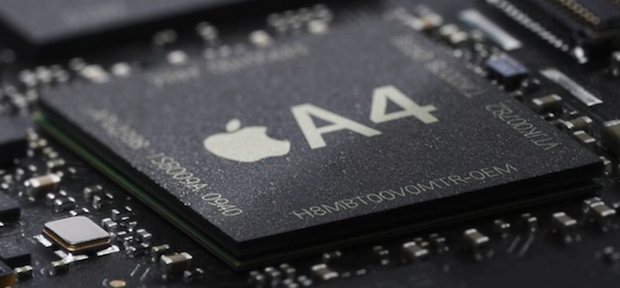How to Tell if Your Mac is 64-bit

Are you wondering if your Mac is 64-bit architecture or 32-bit architecture? Well you might not be alone. The good news is it’s pretty easy to determine what CPU architecture your Mac is using.
You can either focus on the model year of the Mac, or the CPU architecture and processor chip itself. The most precise measure will be focusing on the CPU.
Basically any Mac released after late 2006 is 64-bit, that means all modern Macs are 64-bit. Most Intel Macs are too, with a few exceptions from the earlier Intel releases.
If you’re unsure whether or not your Mac is 64 bit or not, the easiest way to check is to find out what kind of processor your Mac has in it, and the easiest way to do that is to do the following:
How to Determine if Mac is 64-bit or 32-bit
- Pull down the Apple menu and click ‘About this Mac’
- Now look at what is listed next to “Processor” and use the following as a guide:
- Intel Core Solo – 32 bit
- Intel Core Duo – 32 bit
- Intel Core 2 Duo – 64 bit
- Intel Quad-Core Xeon – 64 bit
- Intel Core i5 – 64 bit
- Intel Core i7 – 64 bit

Basically anything newer than the “Intel Core Duo” and “Intel Core Solo” processor is going to be 64-bit architecture.
What is the difference between 32-bit and 64-bit?
32 bit and 64 bit architecture are completely different, with 64-bit being a much more modern architecture that takes advantage of various memory and processing improvements. For a more technical explanation, Wikipedia explains the difference as follows:
A change from a 32-bit to a 64-bit architecture is a fundamental alteration, as most operating systems must be extensively modified to take advantage of the new architecture, because that software has to manage the actual memory addressing hardware. Other software must also be ported to use the new abilities; older 32-bit software may be supported either by virtue of the 64-bit instruction set being a superset of the 32-bit instruction set, so that processors that support the 64-bit instruction set can also run code for the 32-bit instruction set, or through software emulation, or by the actual implementation of a 32-bit processor core within the 64-bit processor, as with some Itanium processors from Intel, which included an IA-32 processor core to run 32-bit x86 applications. The operating systems for those 64-bit architectures generally support both 32-bit and 64-bit applications.
Do you have another explanation for 64-bit versus 32-bit? Or perhaps another way to determine what your Mac architecture is? Let us know in the comments!


Hi all,
So in your opinion, If I have:
Intel Core 2 Duo (meaning 64bit) and
uname -a (i386)
what package should I install, package for 32 or for 64?)
Thanks,
Sypou
I did what richardun said, and what does this mean?
/RELEASE_I386 i386
Do I have 64-bit kerner and can install 64-bit software?
Thank you
This means your proc is a 64-bit architecture proc, but that doesn’t mean you can install 64-bit software on your machine, it’s about the kernel.
In your terminal, enter this: (:; is the prompt)
:; uname -a
See a i386 on the end? Your kernel is 32-bit… if you see x86_64 then you’re running a 64-bit kernel.
But to go a littler further with this; even though your Mac might have a CPU that is capable, it might not be able to natively boot 64 bit.
Currently Apple has black listed any 64 bit capable machine that has a 32 bit EFI,
you could technically boot into a 64 bit kernel, but it would not be able to use NVRAM
from the EFI/Bios that called it, this might present some problems.
Apple has also (as noted up above) artificially blocked out some machines that could do
this but aren’t ‘pro’ enough to allow it (i.e. unibody macbooks, displayport minis)
from CLI/Terminal issue a uname -a if you get something that ends with I386 your in 32 bit mode, if you get K64 your in 64 bit mode, the implications are not as big as you would think and in some cases 32bit kernel is what you want anyhow as a lot of third party drivers will not work in 64 bit mode, load up the process monitor and look, if you have a Core 2 duo or above you will/should see 32 bit mode, 64 bit mode and Universal code running all at the same time. If your machine is *capable* of booting 64 bit but does not by default and you want to, you can hold down the 6 and 4 keys on a cold start up to see if that does the trick, conversely you can hold down the 3 and 2 keys to boot 32 bit mode for the above mentioned driver issues.
Randall
Intel Quad-Core Xeon – 64 bit
This does not run in 64 bit mode.
@Bruce
Correction: x86
yes you shud…
Should I run windows 7 64 bit then if I have parallels? instead of the x84 version?
2009 Mac Minis do not run the kernel in 64-bit mode, even though the hardware is capable of it.